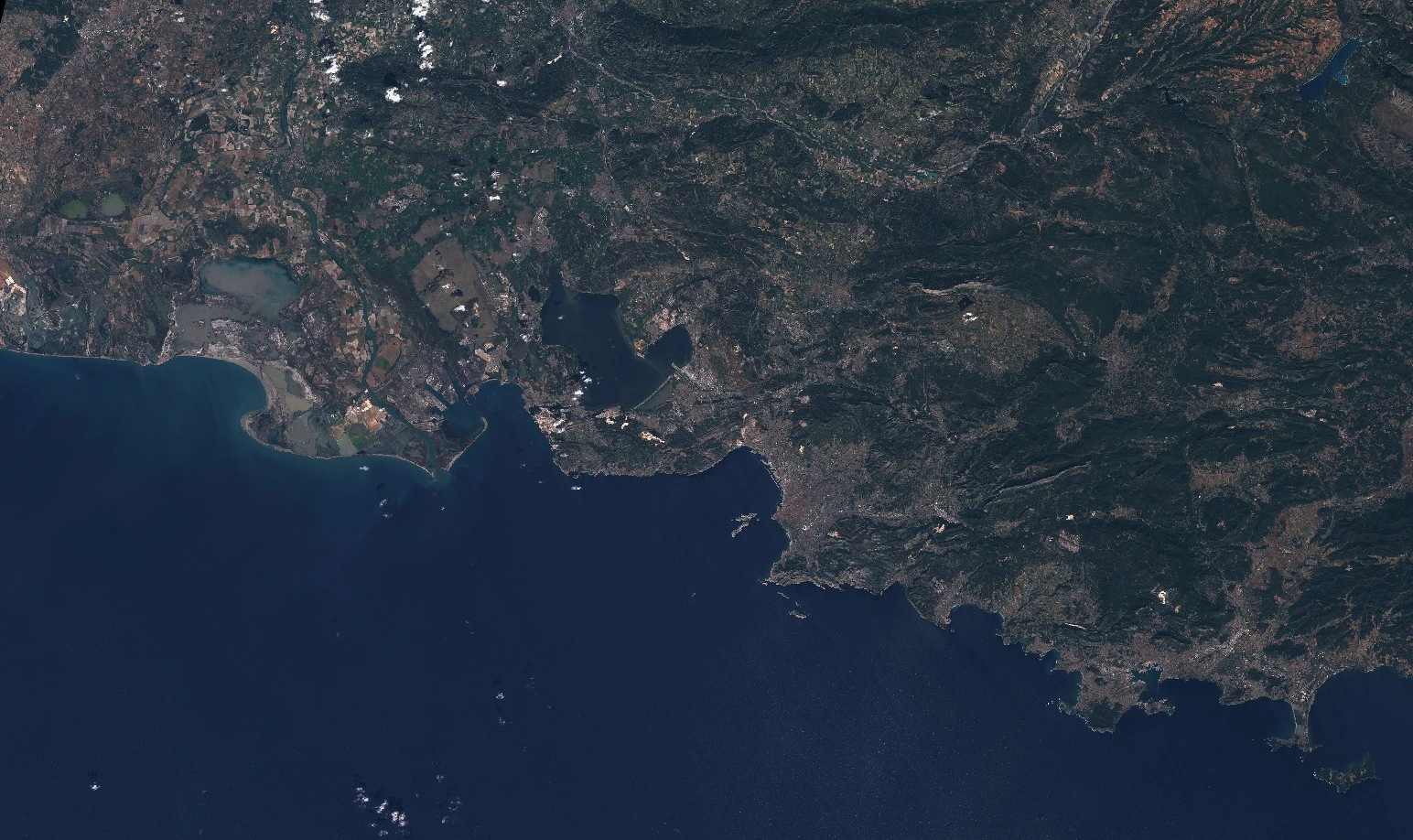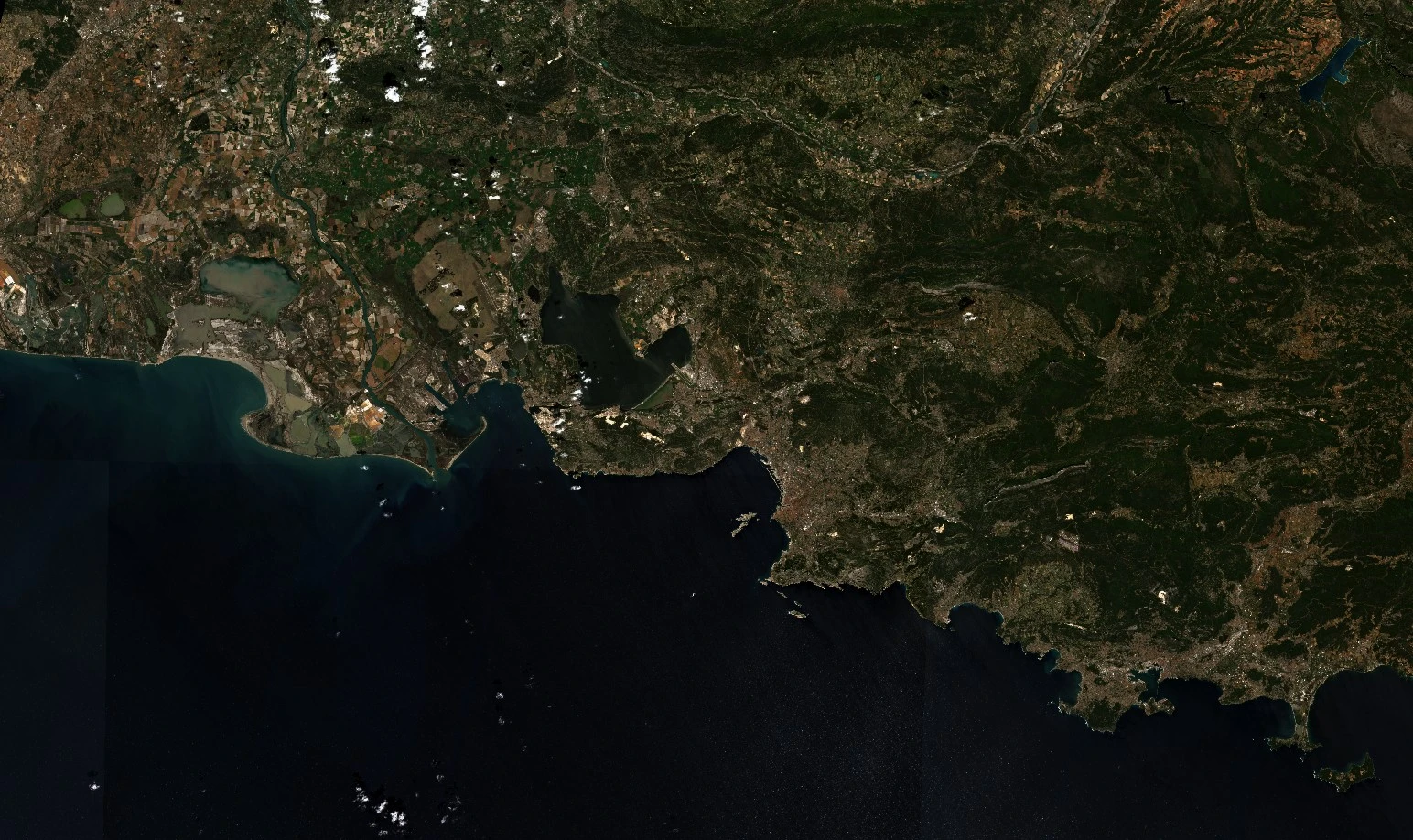Additional Request Parameters
WMS/WMTS/WFS/WCS services support many custom parameters which affect the generation of the service responses. In the following table, all of the available custom parameters, such as preview modes, are listed. All these parameters are optional.
For the examples on how to use them, see this example.
Atmospheric correction is no longer a parameter as L2A atmospheric correction is the only supported parameter. Refer to information about atmospheric correction for more information.
| Custom parameter | Info | Default value | Valid value range | Available for |
|---|---|---|---|---|
| TRANSPARENT | Adds alpha channel to the output where supported by the format, for example, PNG. | FALSE | TRUE/FALSE | WMS/WMTS/WFS/WCS (when REQUEST = GetMap, GetTile, GetCoverage, GetFeature, GetFeatureInfo or GetIndex) |
| MAXCC | The maximum allowable cloud coverage is in percent. Cloud coverage is a product average and not viewport accurate hence images may have more cloud cover than specified here. | 100.0 | 0.0 - 100.0 | WMS/WMTS/WFS/WCS (when REQUEST = GetMap, GetTile, GetCoverage, GetFeature, GetFeatureInfo or GetIndex) |
| PRIORITY | The priority by which to select and sort the overlapping valid tiles from which the output result is made. For example, using mostRecent will place newer tiles over older ones; therefore, showing the latest image possible. Using leastCC will place the least cloudy tiles available on top. | mostRecent | mostRecent, leastRecent, leastCC, leastTimeDifference, maximumViewingElevation | WMS/WMTS/WFS/WCS (when REQUEST = GetMap, GetTile, GetCoverage, GetFeature, GetFeatureInfo or GetIndex) |
| EVALSCRIPT | This parameter allows for a custom evaluation script or formula specifying how the output image will be generated from the input bands. See the Custom evaluation script usage for details. EVALSCRIPT parameter has to be BASE64 encoded before it is passed to the service. | WMS/WMTS/WCS (when REQUEST = GetMap, GetTile or GetCoverage) | ||
| EVALSCRIPTURL | This parameter allows for a custom evaluation script or formula to be passed as a URL parameter, where the script itself is located (it should be on HTTPS). | WMS/WMTS/WCS (when REQUEST = GetMap, GetTile or GetCoverage) | ||
| PREVIEW | See Preview modes for details. | 0 | 0, 1, 2 | WMS/WMTS/WCS (when REQUEST = GetMap, GetTile or GetCoverage) |
| GEOMETRY | Outputs imagery only within the given geometry and cropped to the geometry's minimum bounding box. | one WKT string, one WKB hex string, or a list of coordinate pairs representing a polygon (pairs separated by semicolons, components by comma, for example, 1 1, 2 2;...) Coordinates should be specified using the CRS of the request (for example, same CRS as BBOX). | WMS/WMTS/WCS (when REQUEST = GetMap, GetTile or GetCoverage) | |
| QUALITY | Used only when requesting JPEGs. | 90 | 0 - 100; where 0 is the lowest and 100 the highest quality | WMS/WMTS/WCS (when REQUEST = GetMap, GetTile or GetCoverage) |
| UPSAMPLING | Sets the image upsampling method. Used when the requested resolution is higher than the source resolution. | NEAREST | NEAREST, BILINEAR, BICUBIC | WMS/WMTS/WCS (when REQUEST = GetMap, GetTile or GetCoverage) |
| DOWNSAMPLING | Sets the image downsampling method. Used when the requested resolution is lower than the source resolution. | NEAREST | NEAREST, BILINEAR, BICUBIC, BOX | WMS/WMTS/WCS (when REQUEST = GetMap, GetTile or GetCoverage) |
| WARNINGS | Enables or disables the display of in-image warnings, like "No data available for the specified area". | YES | YES, NO | WMS/WMTS/WCS (when REQUEST = GetMap, GetTile or GetCoverage) |
Preview Modes
Preview modes make it possible to receive data from across all zoom levels. Our system is optimised for full resolution data access as this is what most users need. However, there are some cases when lower resolution previews of the data make sense as well. This is done by adding the URL parameter PREVIEW. Optional, default="0". Supported values:
| Values | Info |
|---|---|
| PREVIEW=0 | Only high resolution data from Sentinel-2 is used. This corresponds to real world distances up to 200 m/pixel. This is the default. |
| PREVIEW=1 | Allows zooming further out, up to a point. Up to 200 m/pixel it displays the same data as PREVIEW=0. In addition to this it uses lower resolution data for real world distances up to 1500 m/pixel. With resolutions between 200 m/pixel and 1500 m/pixel cloud filtering is no longer applied. |
| PREVIEW=2 | Allows any zoom level but is limited to a maximum of one month of data when most zoomed out. Up to 1500 m/pixel it displays the same data as PREVIEW=1. With resolutions lower than 1500 m/pixel (more zoomed out) it limits the data to one month prior to the "TO" date. With resolutions less than 200m/pixel (more zoomed out) cloud filtering is no longer applied. |
Atmospheric Correction
Satellite images sometimes seem washed out or foggy, as atmosphere absorbs and scatters light on its way to the ground. We can correct for this to get clearer images using atmospheric correction. ESA provides a Sen2Cor processor, that applies atmospheric correction to the input Sentinel-2 L1C data with global coverage. The resulting product is called S2L2A data. To use Atmospheric correction, use the Sentinel-2 L2A (S2L2A) data collection.
Below, you can see the difference atmospheric correction makes. The first image of Marseille was made in Browser using S2L1C data, and the lower image was made using S2L2A atmospheric correction.

Marseille l1c

Marseille l2a